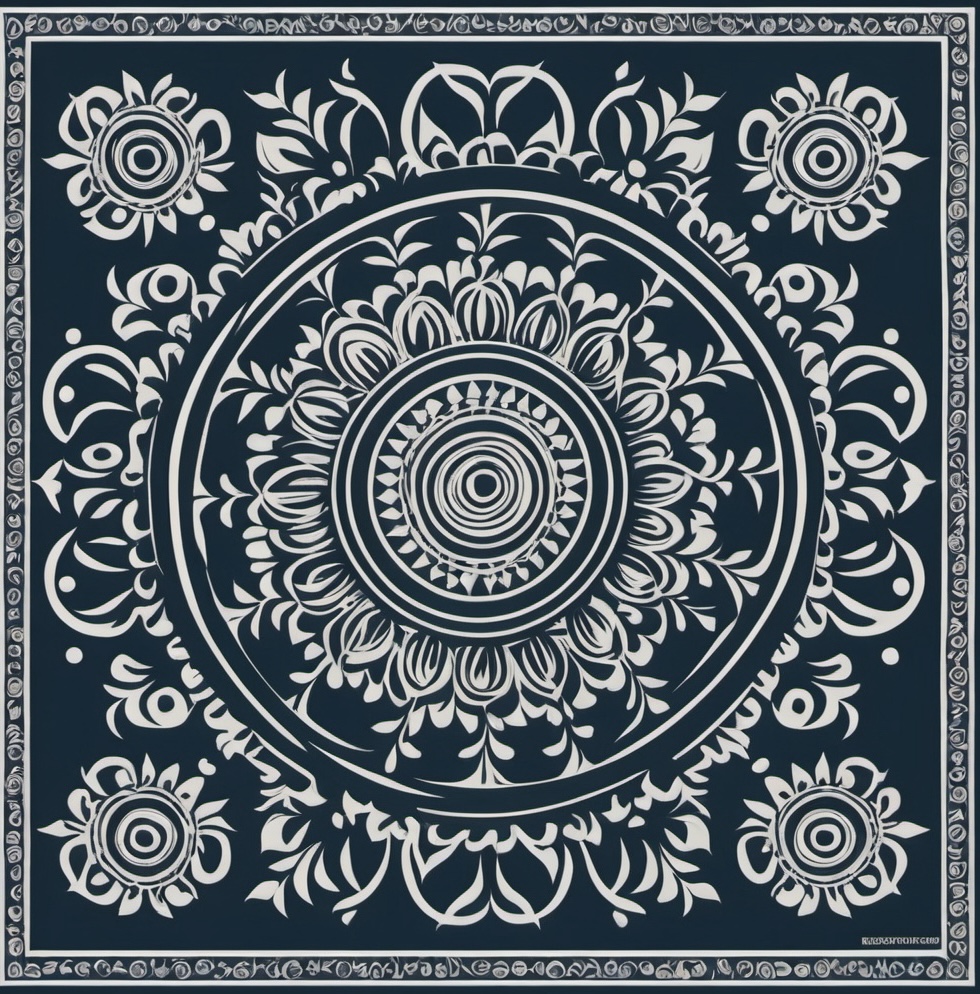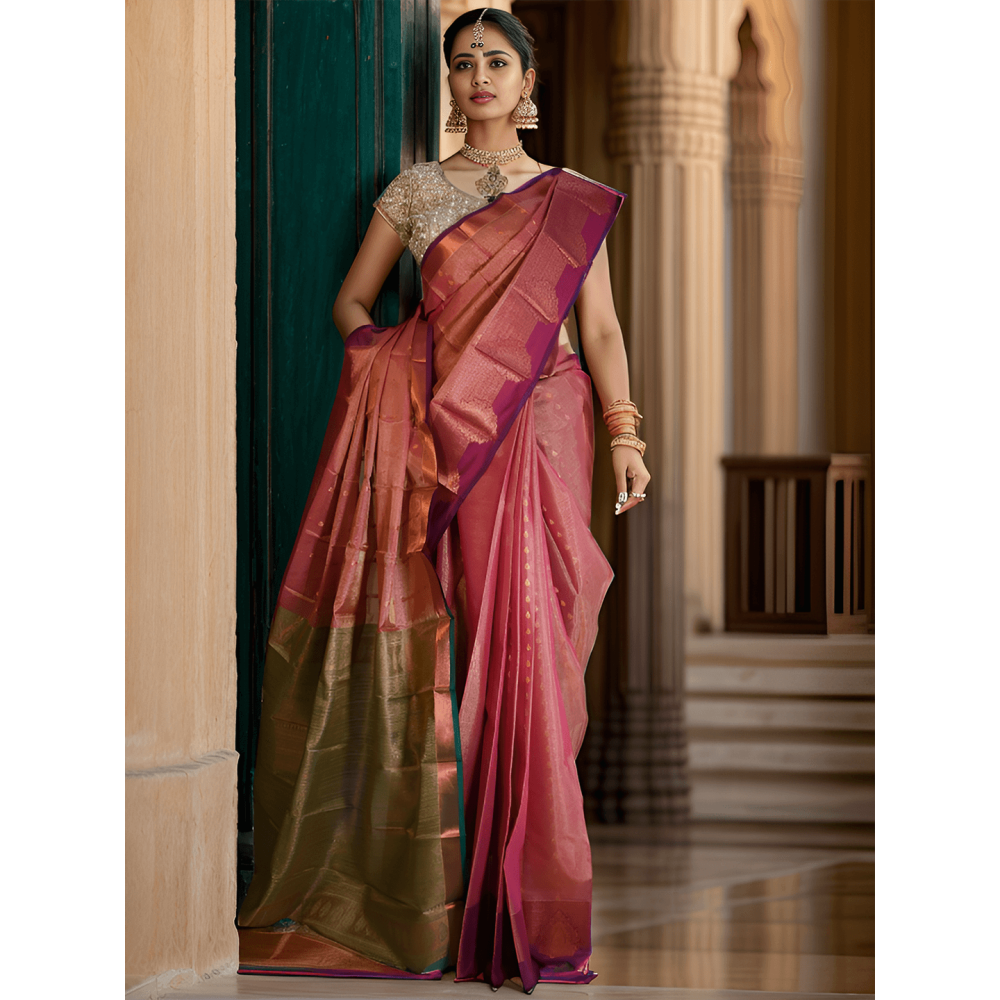Introduction
Sambalpuri sarees, originating from the heartland of Odisha, India, are renowned for their unique and intricate designs that reflect both nature and mythology. The art of using stencils in Sambalpuri saree making dates back centuries, a technique that was carefully preserved and passed down through generations of artisans. Today, these stencils have adapted with technology while still honoring ancient traditions, blending heritage with innovation in the world of handloom sarees.
1. Ancient Methods of Stencil Use in Sambalpuri Saree Designs
Historically, stencils were simple yet incredibly effective tools that artisans used to ensure precision and uniformity in design patterns. The earliest stencils were hand-carved from wood, bamboo, and sometimes even thin sheets of metal. These stencils would be used to imprint intricate patterns, with every detail carefully considered to represent cultural stories, local flora and fauna, and geometric patterns.
Popular Ancient Stencil Designs:
- Brahmani and Chandrika: Motifs inspired by local deities, symbolizing spirituality and protection.
- Phula Butti: Floral patterns reflecting Odisha’s lush natural beauty.
- Sankha (Conch Shell): A symbol of auspiciousness, often found on ceremonial sarees.
- Rudraksha: Representing the seeds associated with Lord Shiva, used widely in religious designs.

2. Stencil Techniques Used in Traditional Sambalpuri Handloom Weaving
Sambalpuri artisans traditionally employed ikat weaving—a method where the threads are dyed before weaving, creating unique patterns. Stencils played a vital role here, marking areas on the threads where dyes should be applied. The designs would gradually reveal themselves in their woven glory, reflecting the precision that only skilled weavers could achieve. This ancient technique produced designs that seemed to float seamlessly across the saree’s surface.
Interesting Fact:
The ikat method used in Sambalpuri sarees is one of the few ancient weaving techniques in the world that utilizes pre-dyed threads to achieve such intricate designs.

3. Transition to Modern Stencil Techniques in Sambalpuri Sarees
With the advent of new materials and techniques, Sambalpuri artisans began using stencils made from fine plastics, laser-cut metals, and even digital templates. While the traditional motifs still hold significant cultural importance, the ease of creating stencils digitally has opened up new possibilities for innovative patterns, allowing artisans to produce complex and custom designs at a faster pace.
Popular Modern Designs in Sambalpuri Sarees:
- Patriotic Motifs: Inspired by national symbols, such as peacocks and lotuses.
- Fusion Patterns: Mixing traditional patterns with contemporary motifs to appeal to younger generations.
- Geometric Designs: Using clean lines and symmetry, which are easier to achieve with precision stencils.
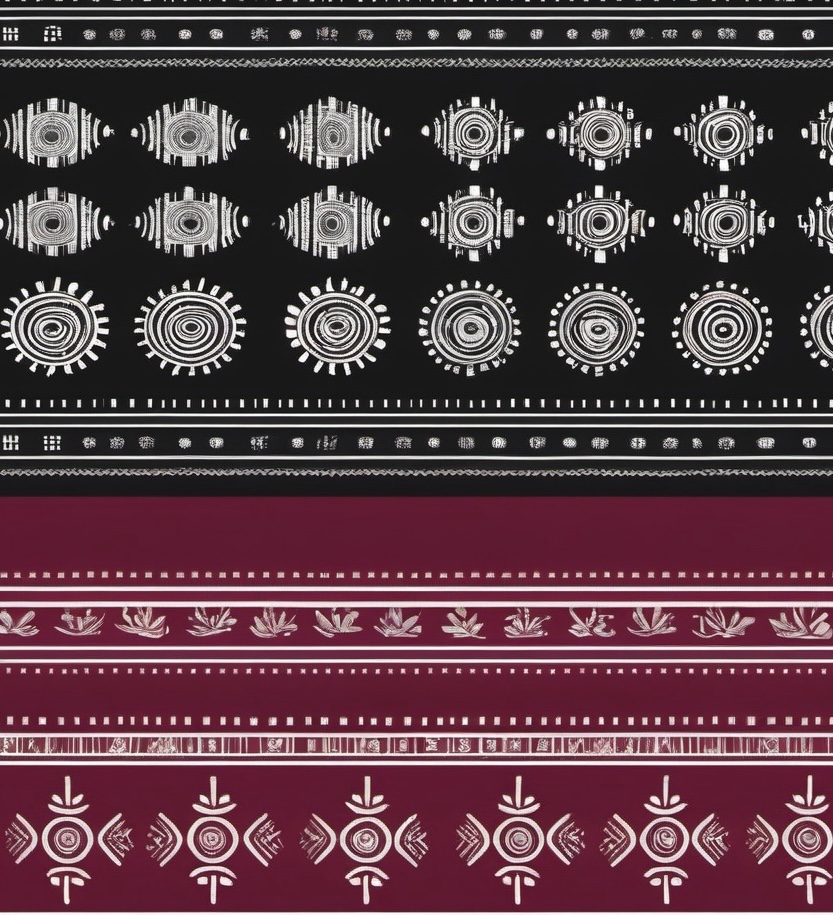
4. How Stencils Enhance the Sustainability of Sambalpuri Handloom Sarees
Using stencils is a sustainable choice for artisans, reducing waste by minimizing mistakes in the dyeing and weaving processes. This technique also supports a zero-emission approach, as these sarees are made manually or with simple machines without the need for energy-intensive processes. Each saree is crafted with meticulous care, making them a valuable, eco-friendly option for conscious fashion enthusiasts.
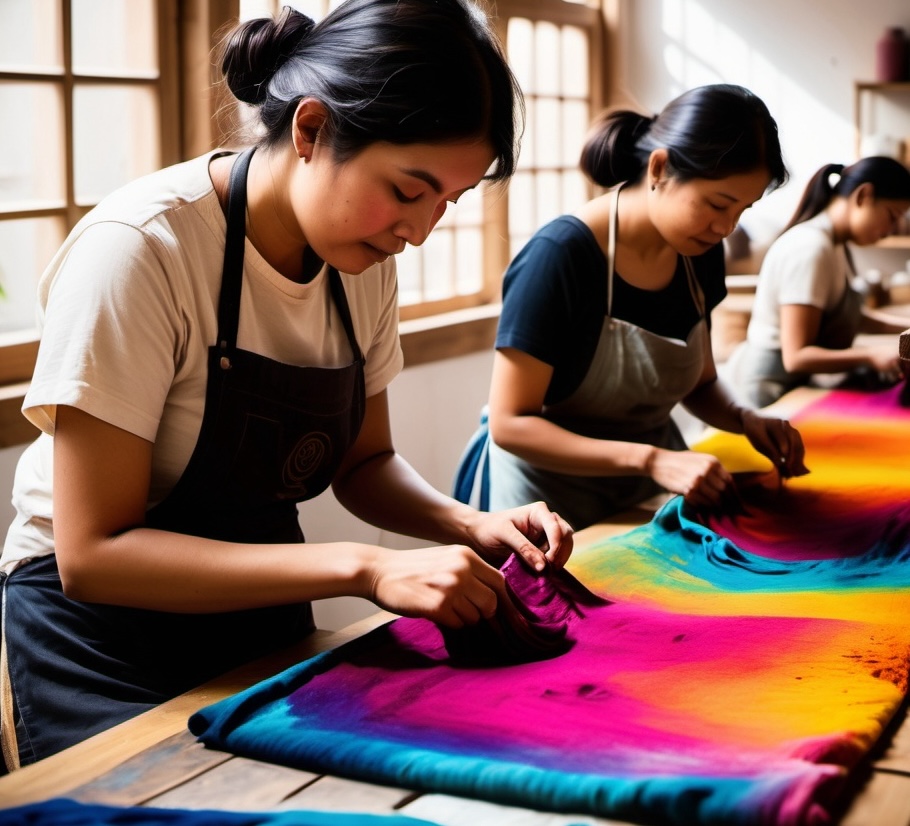
5. Cultural and Economic Significance of Stencil Work in Sambalpuri Saree Production
Stencil work has not only cultural but also economic importance in Odisha’s handloom industry. Skilled artisans produce unique, high-quality pieces that are globally appreciated, supporting the local economy and promoting the rich heritage of Indian handloom. Buying a Sambalpuri saree with traditional stencils isn’t just a fashion statement; it is a contribution to the preservation of centuries-old art.
Did You Know?
Each Sambalpuri saree can take up to two weeks to complete, with stencil work alone requiring several days of meticulous effort.
Conclusion
Stencils are an integral part of the Sambalpuri handloom legacy, bridging the ancient and modern worlds of saree design. From using traditional wooden and bamboo stencils to experimenting with digital patterns, the evolution of this craft highlights the enduring value of cultural heritage, skill, and sustainable practices. Sambalpuri sarees continue to captivate fashion enthusiasts worldwide, offering timeless beauty that pays homage to the rich tapestry of Odisha’s artistry.
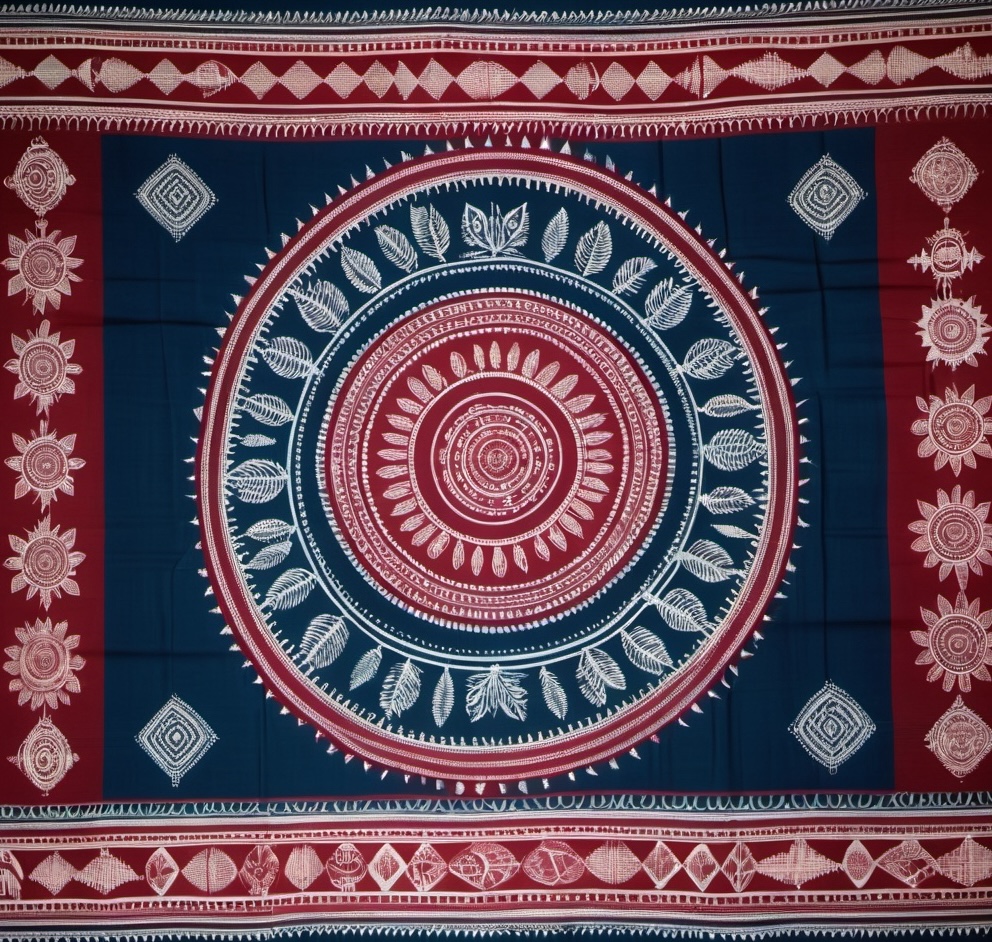
By understanding the journey of stencils in Sambalpuri saree designs, one gains a deeper appreciation of the artistry that goes into each piece, making these sarees not just garments but enduring symbols of culture, skill, and sustainable fashion.


